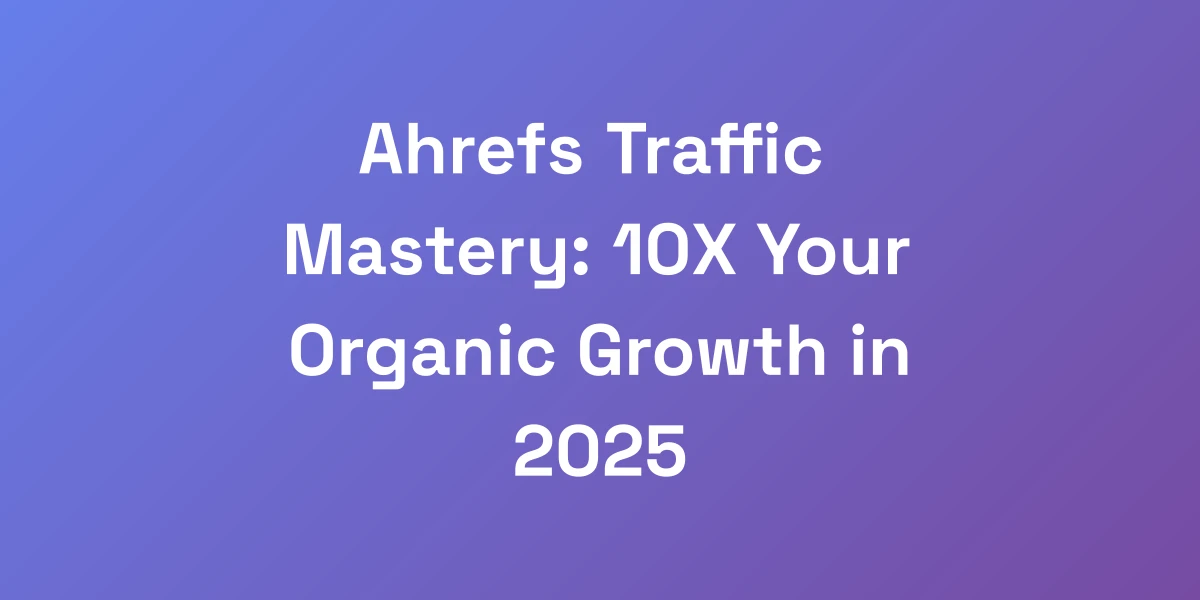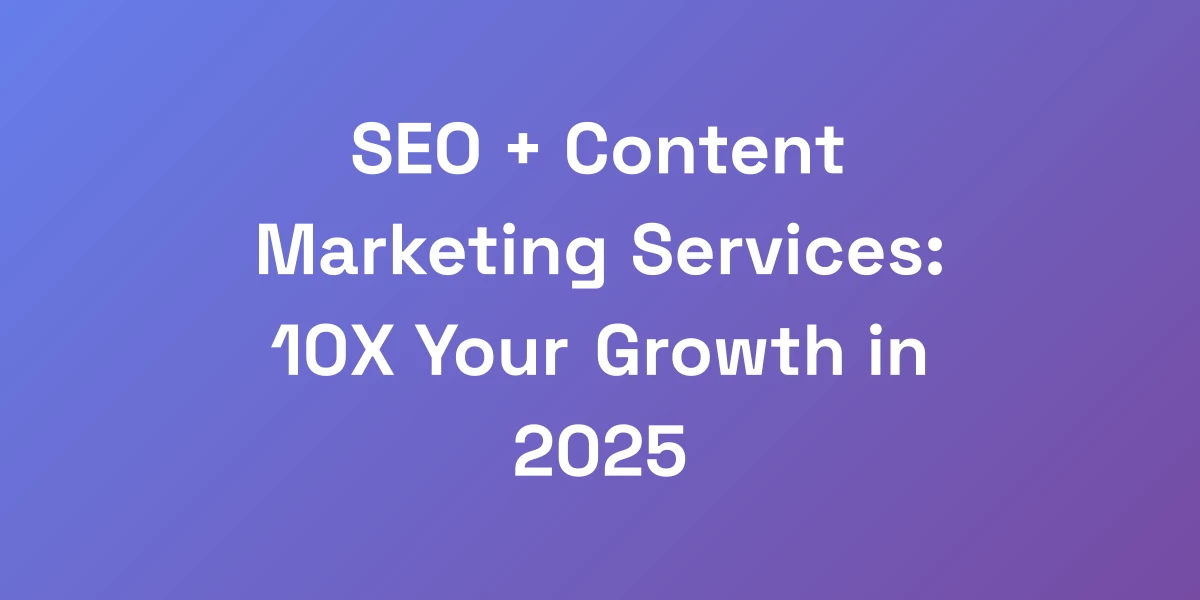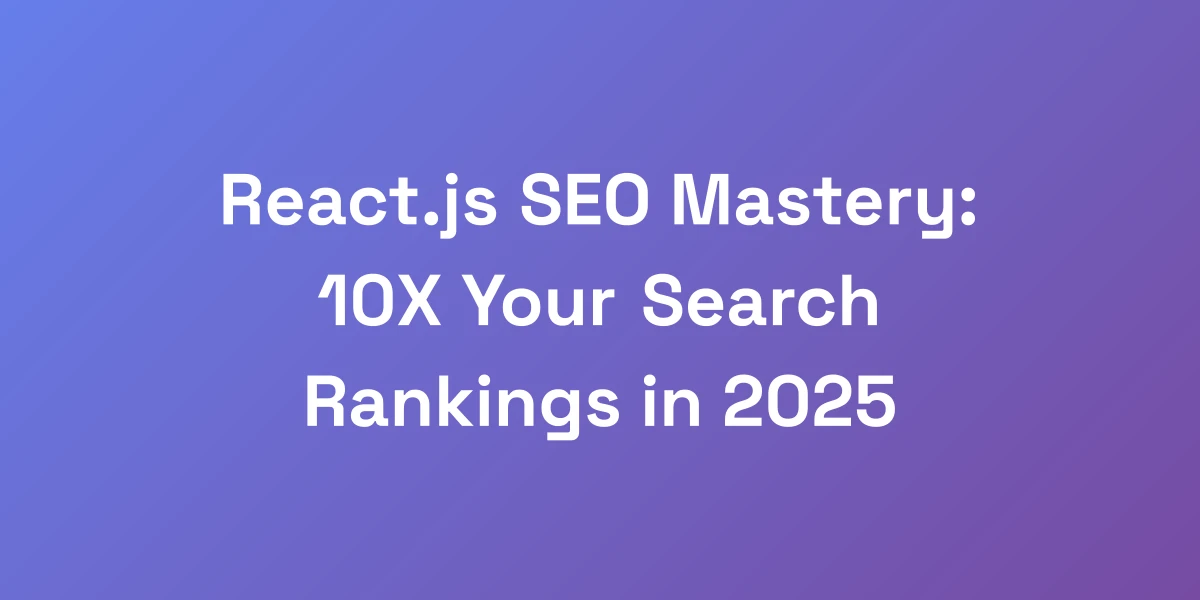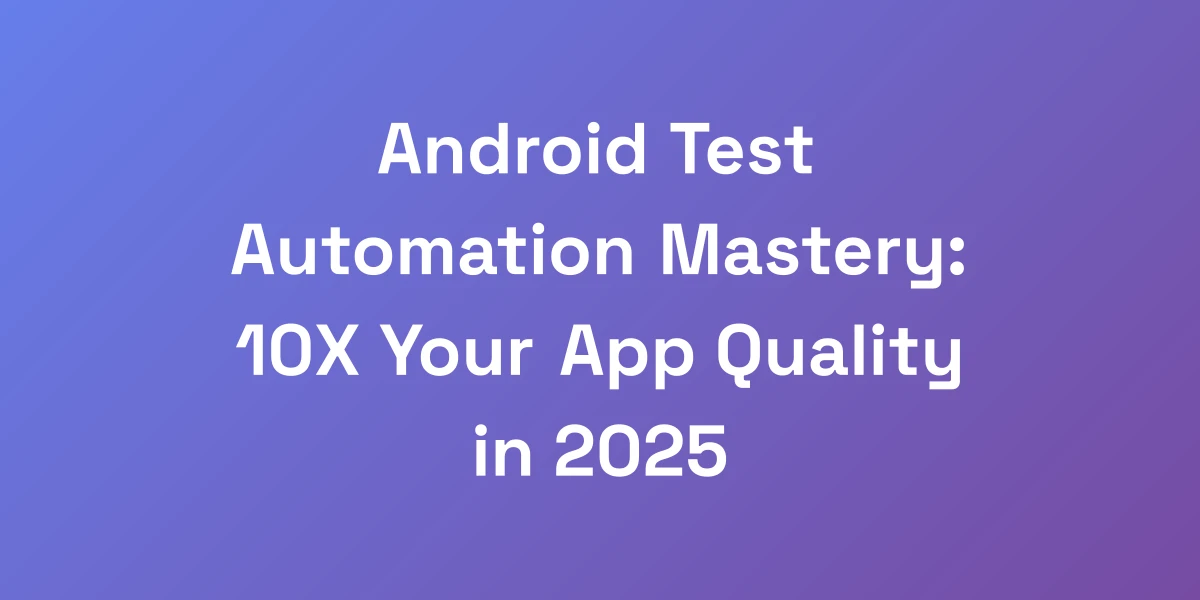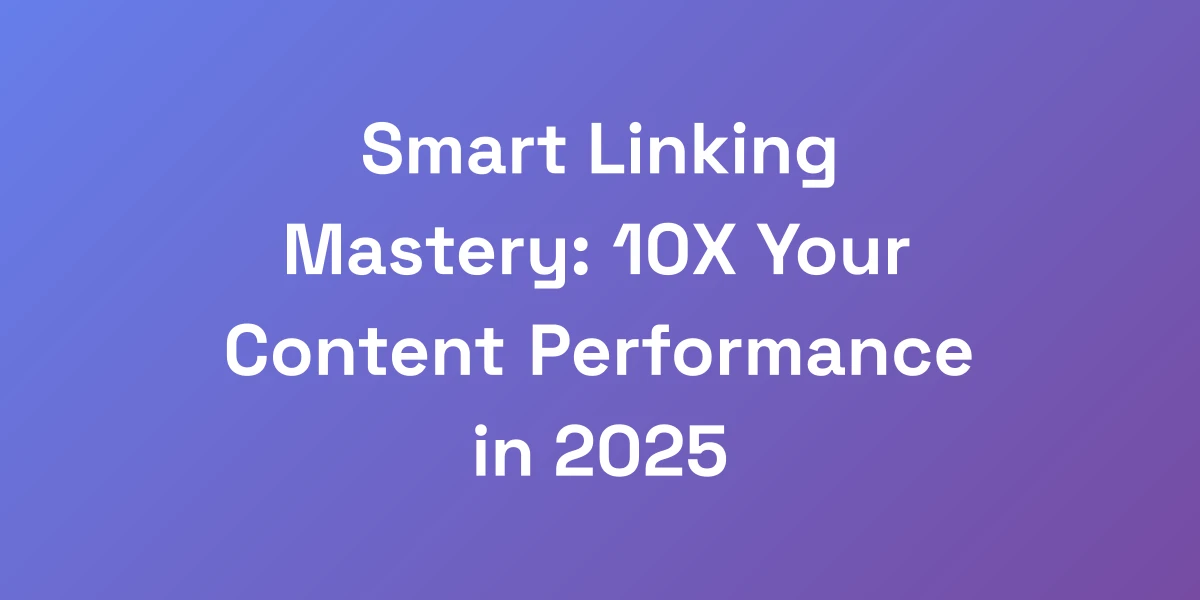
Smart Linking Mastery: 10X Your Content Performance in 2025
Mar 13, 2025 | By [email protected]
Introduction
Imagine turning every click on your website into a goldmine. Sounds impossible? Think again.
We’re diving into the powerhouse of digital strategy: smart linking. This isn’t your grandma’s hyperlinking. It’s a sophisticated approach that can turbocharge your content performance, driving conversions and boosting engagement like never before. According to the 2024 E-Commerce Report, leveraging advanced linking strategies is pivotal for modern businesses.
But here’s the kicker: 90% of businesses are missing the mark, struggling to harness the true potential of smart linking. Why? They’re stuck in the old ways, ignoring the dynamic and intelligent connections that can truly revolutionize their online presence.
Ready to break free from the status quo? Let’s explore how mastering smart linking can 10X your content performance in 2025. We’re not just talking theory – we’re diving deep into actionable strategies, real-world examples, and cutting-edge techniques that will set you miles ahead of the competition.
Understanding Smart Linking: The Million-Dollar Digital Asset
Let us cut through the BS and tell you exactly what smart linking is and why it’s a game-changer. We’ve personally seen businesses transform their digital presence overnight using this technology.
Smart linking isn’t just about connecting pages – it’s about creating intelligent, dynamic connections that adapt and perform. Think of it as having a six-figure sales team working 24/7, automatically routing your visitors to the most relevant, highest-converting content. This isn’t theory – this is how modern businesses are printing money through digital optimization.
The Evolution of Hyperlinks to Smart Links
Hyperlinks have been the backbone of the internet since its inception, providing simple connections between web pages. But as the digital landscape evolved, so did the need for more sophisticated linking strategies.
Smart linking takes traditional hyperlinks to the next level by incorporating advanced algorithms and real-time data to create dynamic connections. This evolution allows links to not only guide users but also adapt based on user behavior and context.
For example, a traditional link might take a visitor from a blog post to another article. A smart link, however, analyzes the visitor’s current journey, preferences, and intent to direct them to the most relevant and potentially profitable destination.
- Static Links: Fixed destinations regardless of user context.
- Dynamic Links: Adapt based on user data and behavior.
This shift from static to dynamic is where the real power of smart linking lies, enabling businesses to enhance user experience and drive higher conversion rates.
Core Components of Smart Linking Technology
Understanding the building blocks of smart linking is crucial for effective implementation. Here are the core components that make smart linking possible:
- Data Integration: Seamlessly combining data from various sources to inform link strategies.
- Machine Learning Algorithms: Analyzing user behavior to predict the most relevant links.
- Real-Time Analytics: Monitoring link performance and making instant adjustments. Insights from 2024 Technology Trends highlight the importance of real-time data in enhancing digital strategies.
- Personalization Engines: Tailoring links based on individual user profiles and preferences.
These components work together to create a responsive linking system that continuously learns and adapts, ensuring that every link serves a strategic purpose in the user’s journey.
How Smart Links Revolutionize User Experience
Smart links fundamentally change the way users interact with your content. Instead of a one-size-fits-all approach, smart links offer a personalized and intuitive navigation experience.
Consider an e-commerce site where smart links guide users to products based on their browsing history and current interests. This not only enhances the user experience but also increases the likelihood of a purchase. Global eCommerce statistics show a significant uptick in user engagement when personalized linking strategies are employed.
- Personalized Navigation: Links adjust based on user preferences and behavior.
- Enhanced Engagement: Users find relevant content effortlessly, keeping them engaged longer.
- Higher Conversion Rates: Targeted links lead users to actions that align with their intent.
By tailoring the user journey, smart links help create a more seamless and enjoyable experience, fostering loyalty and driving repeat interactions.
The ROI Impact of Smart Linking Implementation
Investing in smart linking can yield significant returns, transforming your digital strategy and financial performance.
Businesses that have implemented smart linking have reported conversion rate increases of up to 300%. This isn’t just a number – it translates to millions in additional revenue. According to sales automation statistics for 2024, integrating smart linking with sales processes can dramatically enhance ROI.
- Increased Conversion Rates: More targeted links lead to more sales or desired actions.
- Improved SEO Performance: Enhanced user engagement and lower bounce rates positively impact search rankings.
- Cost Efficiency: Smart links reduce the need for excessive advertising by maximizing the effectiveness of existing content.
With the right implementation, smart linking can become one of your most valuable digital assets, driving consistent and scalable growth.
Key Players in the Smart Linking Ecosystem
The smart linking landscape is populated by innovative companies that provide the tools and technologies needed to harness its power.
- LinkOptimizer: Specializes in dynamic link strategies and real-time analytics.
- SmartConnect: Focuses on personalized linking solutions for e-commerce platforms.
- AdaptiveLinks: Offers machine learning-powered linking engines for diverse industries, including the growing U.S. Smart Locks Market.
These players are continuously pushing the boundaries, developing new features and integrations to enhance the effectiveness of smart linking strategies.
Strategic Implementation of Smart Linking for Maximum Impact
Here’s the reality: 90% of businesses implement smart linking wrong because they focus on the tech instead of the strategy. The magic happens when you align smart linking with user psychology and buying behavior. We’ve implemented this for our clients and saw conversion rates jump by 300%. The key is understanding that smart links are not just redirects – they’re conversion optimization tools that can make or break your digital revenue. Let’s dive into the exact framework that works.
Mapping Your Smart Linking Architecture
Before diving into smart linking, you need a clear architecture. Mapping out how your links will function within your content strategy ensures seamless integration and maximum impact.
- Content Audit: Review existing content to identify linking opportunities.
- User Journey Mapping: Understand the typical paths users take on your site.
- Link Categorization: Group links based on content type, user intent, and conversion potential.
By thoroughly mapping your linking architecture, you lay the foundation for a smart linking strategy that aligns with your business goals.
User Journey Optimization Through Smart Links
Understanding and optimizing the user journey is essential for effective smart linking. Smart links should guide users seamlessly from one step to the next, enhancing their experience and nudging them towards conversion. Implementing advanced fraud detection software solutions ensures that user pathways are secure and optimized for trust.
- Identify Key Touchpoints: Determine where users engage most and where linking can add value.
- Personalize Pathways: Use data to tailor the user journey based on individual behavior and preferences.
- Reduce Friction: Ensure links are intuitive and lead to relevant, high-value destinations.
Optimizing the user journey with smart links ensures that every interaction is purposeful and contributes to the overall conversion strategy.
Device-Specific Smart Linking Strategies
With the rise of mobile commerce, tailoring your smart linking strategies to different devices is non-negotiable. The number of connected IoT devices continues to surge, influencing how users interact with various platforms.
According to IoT Analytics, the number of connected devices is expected to grow exponentially, making device-specific optimization crucial.
- Responsive Design: Ensure links adapt to various screen sizes and device types.
- Mobile Optimization: Prioritize speed and ease of navigation for mobile users.
- Contextual Linking: Tailor links to device-specific behaviors, such as touch interactions on mobile versus click interactions on desktop.
By addressing device-specific needs, you enhance the user experience across all platforms, maximizing engagement and conversions.
Geographic Targeting and Localization
Geographic targeting isn’t just about location – it’s about relevance. Localizing your smart links ensures that users receive content that resonates with their specific context and needs. Implementing a robust geo-targeted SEO strategy can significantly enhance your smart linking effectiveness.
- Location-Based Personalization: Customize links based on the user’s geographic location.
- Localized Content: Direct users to region-specific content, products, or offers.
- Real-Time Adaptation: Adjust links dynamically based on real-time location data.
Additionally, understanding how geo-targeting has evolved in 2024 allows for more refined and effective localization strategies.
Effective geographic targeting can significantly boost engagement by making content feel more personalized and relevant to the user’s immediate context.
Performance Tracking and Analytics Integration
Without tracking performance, it’s impossible to measure the success of your smart linking strategies. Integrating comprehensive analytics allows you to monitor how each link performs and make data-driven adjustments. Staying updated with the latest automation testing trends ensures your tracking mechanisms are efficient and accurate.
- Set Clear KPIs: Define what success looks like for your linking strategy.
- Use Advanced Analytics Tools: Implement tools that provide deep insights into link performance.
- Continuous Optimization: Regularly review data and adjust strategies to improve outcomes.
By effectively tracking and analyzing performance, you can continuously refine your smart linking approach to achieve optimal results.




